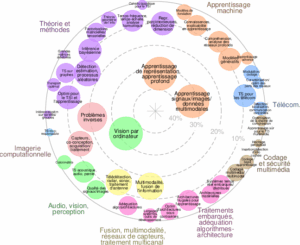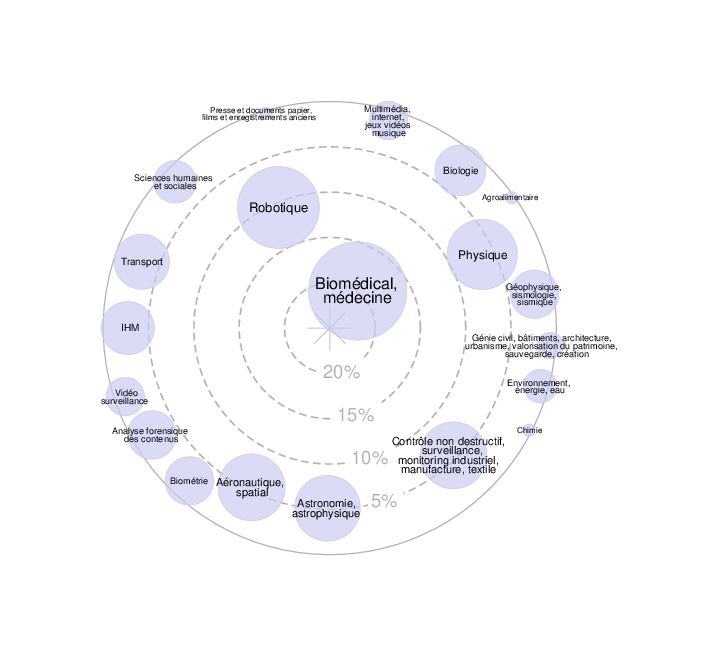Labs : LISTIC, Université Savoie Mont Blanc, ISTerre, Université Grenoble Alpes, LMV, Univesité
Clermont Auvergne
Contact : Yajing YAN (yajing.yan@univ-smb.fr)
Candidate profile : The Ph.D candidate should have good skills in machine learning. Knowledge
in inverse problems or geophysics is appreciated.
Ph.D subject description :
Satellite based remote sensing offers a unique source of information to monitor the
environement, with fine spatial resolution, wide coverage and frequent revisit. This enables
addressing the challenge of natural hazard monitoring and forecasting, which has a significant
societal impact.
The inverse modeling of surface displacement is one of the major techniques of exploring the
subsurface feature of volcanoes. The traditional Monte Carlo direct search approaches are
computational resources and time consuming, thus cannot respond to operational needs. We
will explore the potential of deep learning in volcanic inverse modeling with Interferometry
Synthetic Aperture Radar (InSAR) for operational monitoring and forecasting of volcanic hazards.
The intrinsic ill-posedness of inversions in volcanology and limited amount of labeled InSAR data
make this work challenging.
We tackle the problem of volcanic model inversion, i.e. to estimate model parameters from
surface displacement estimations issued from InSAR by solving an inverse problem. This Ph.D
thesis will elaborate on our previous proof-of-concept work where a frugal ResNet model was
deployed for the first time to estimate the volume change and depth of a spherical volcanic
source (i.e. Mogi) from synthetic InSAR displacement fields. This ResNet model exhibits distinct
advantages of computational efficiency over the state-of-the-art Monte Carlo direct search
methods. For this thesis, the Ph.D student will use more sophisticated volcanic models (e.g.
fracture, numerical boundary element models, etc.) allowing for simulations of displacement
fields caused by more complex volcanic sources to further increase the generality of the
previously proposed ResNet model. One main effort will be devoted to the improvement of the
ResNet model prediction accuracy by increasing training data diversity (e.g. divers SAR
acquisition geometries, near field/far field and multi-resolution measurements) and by
elaborating more adapted loss functions corresponding to appropriate model properties to
optimize (e.g. combination of a loss function of estimated model parameters and a loss function
of the reconstructed displacement field). These two latter actions also help minimize the ill-
posedness. Real InSAR displacement measurements related to both intrusion and reservoir type
worldwide volcanoes will be used to fine-tune the ResNet model trained by synthetic data for
further validation in real applications.
Selected references :
Lopez-Uroz L., Yan Y., Benoit A., Albino F., Bouygues P., Giffard-Roisin S., Pinel V., Exploring Deep
Learning for Volcanic Source Inversion, IEEE Transactions on Geosciences & Remote Sensing,
vol.62, doi:10.1109/TGRS.2024.3494253
Dumont, Q., Cayol, V., Froger, J. L., & Peltier, A. (2022). 22 years of satellite imagery reveal a
major destabilization structure at Piton de la Fournaise. Nature communications, 13(1), 2649.





